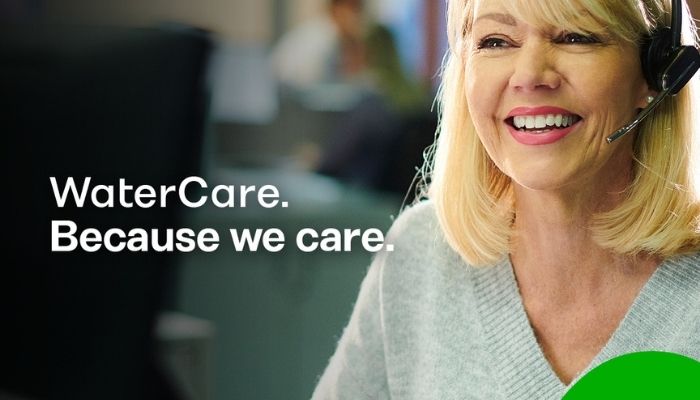Victoria, Australia – In a campaign that puts the customer first and on the spotlight, the latest campaign by water retail company Yarra Valley Water aims to promote their WaterCare program, designed to identify and support vulnerable customers and those facing financial hardship.
Conceptualised by integrated communications agency Think HQ, the campaign addresses the barriers customers face in accessing financial support, including low awareness of available options, and aims to overcome the stigma associated with asking for help by normalising conversations about bill payment options.
Using the tagline, ‘Whatever position you’re in, we’re here to help’, the creative aims to raise awareness of Yarra Valley Water’s WaterCare support program, drive proactive engagement among customers struggling to pay their bill, and build trust in the Yarra Valley Water brand.
Pat McCafferty, managing director for Yarra Valley Water, said WaterCare is all about helping customers through dedicated support and tailored solutions to suit individual needs, with the utility assisting customers to claim over AU$52m in concession discounts over the past 12 months.
Working in collaboration with data services and credit reporting provider Experian, Think HQ drew on data science and machine learning algorithms to build predictive models around payment behaviours to refine campaign messaging and segmentation to reach the customers that would most benefit from support.
Andy Lima, head of creative at Think HQ, said, “The research showed many customers who were struggling with bills didn’t know about the support or rebates that are available to them. This highly targeted campaign is designed to turn that around by reaching the people who will benefit most from accessing the support and rebates they may have been missing out on until now.”
Reflecting the broad customer base of Melbourne’s largest retail water utility, creative was also designed to reach a range of culturally and linguistically diverse (CALD) communities including Arabic, Greek, Cantonese, Mandarin, and Vietnamese, as well as First Nations peoples and concession card holders.

